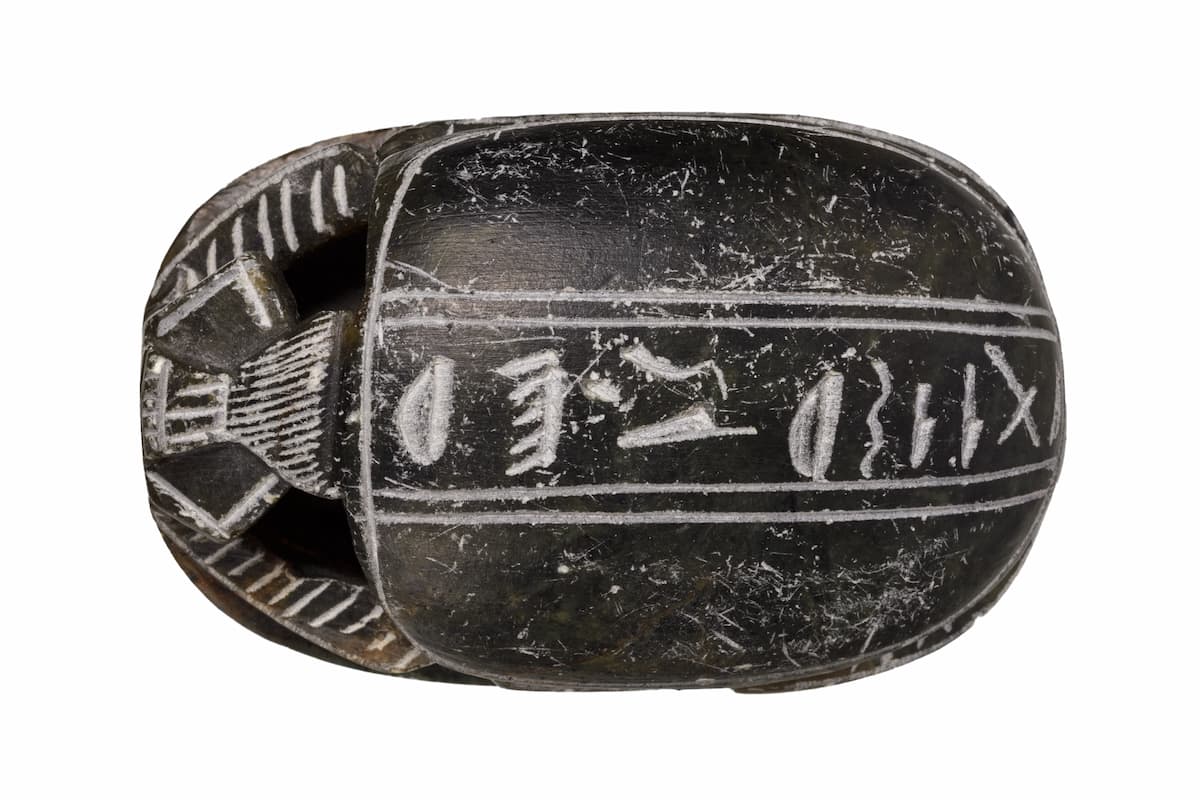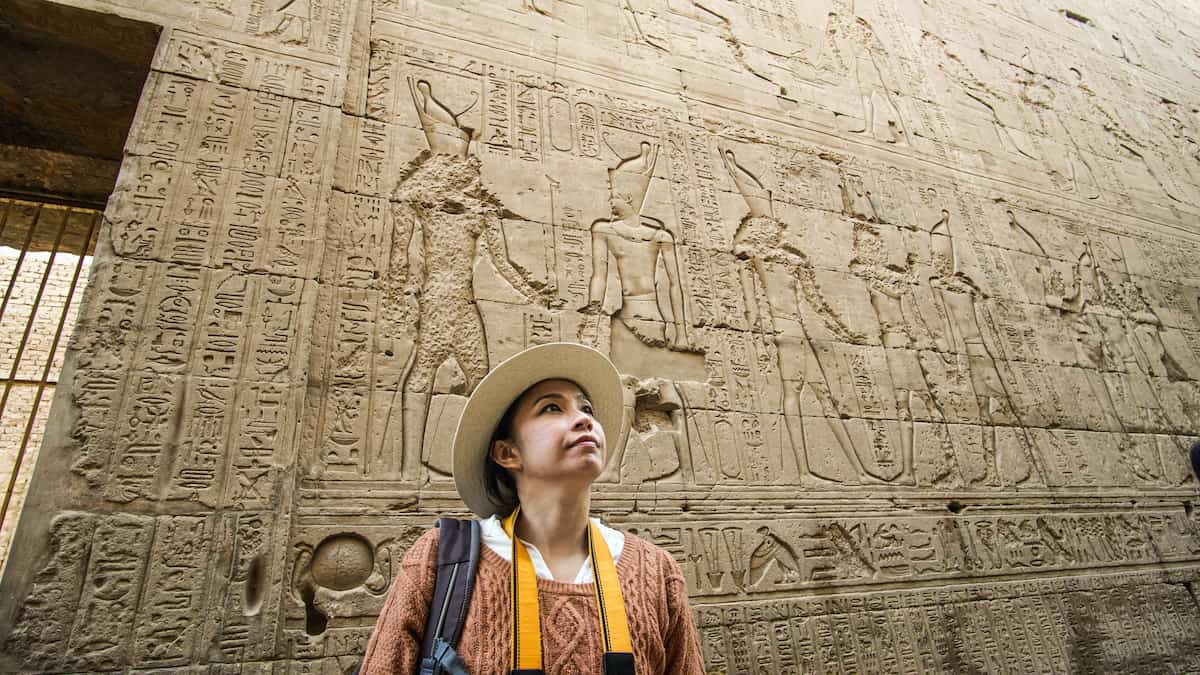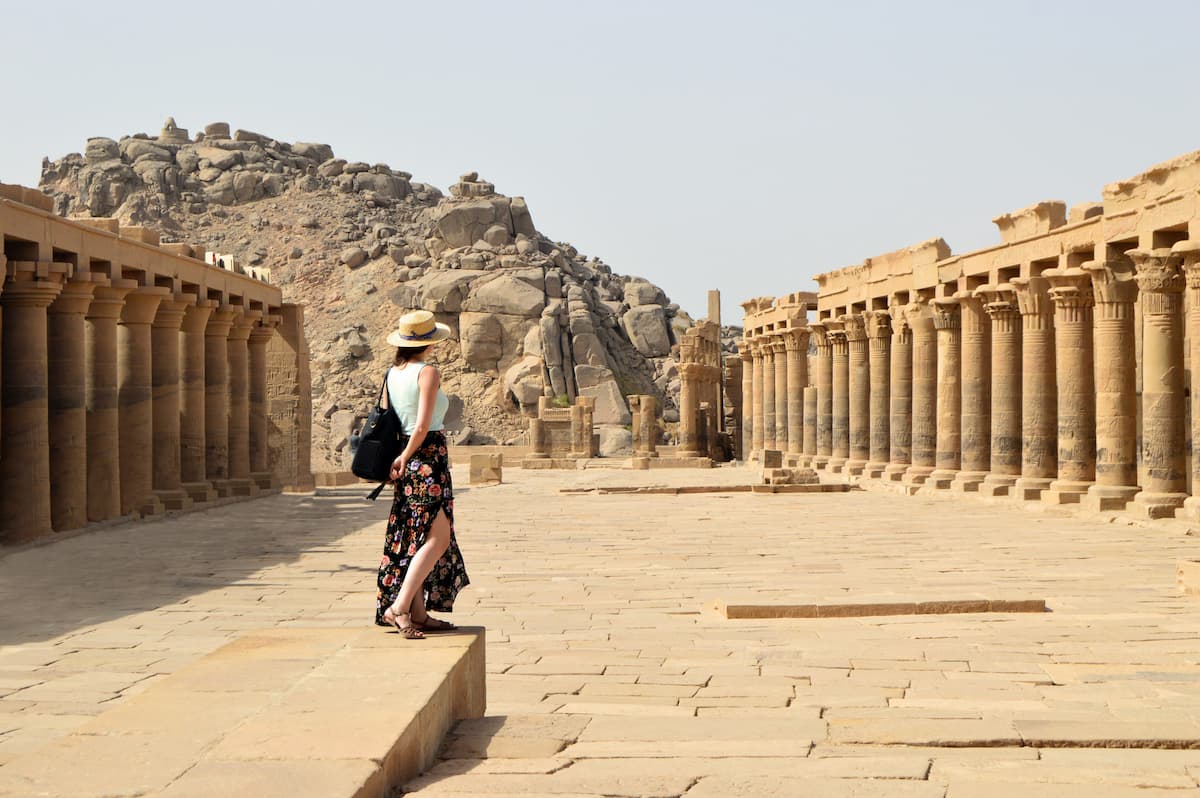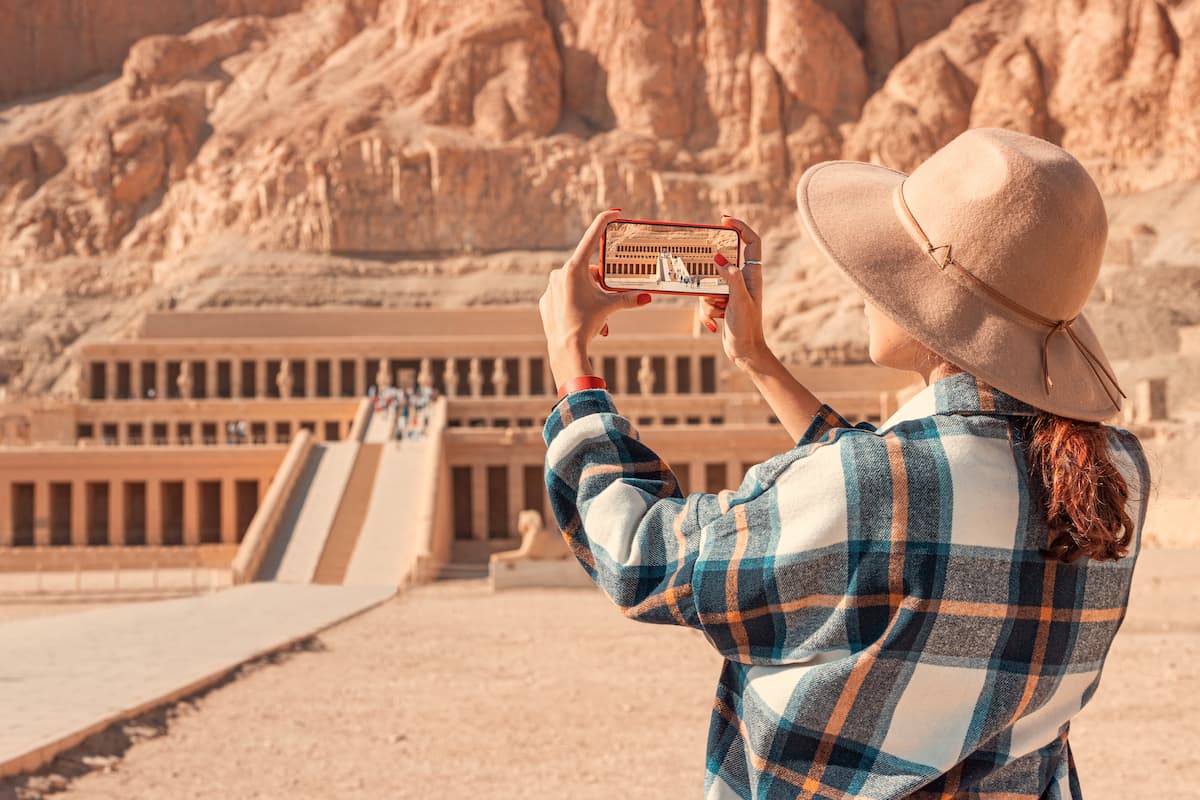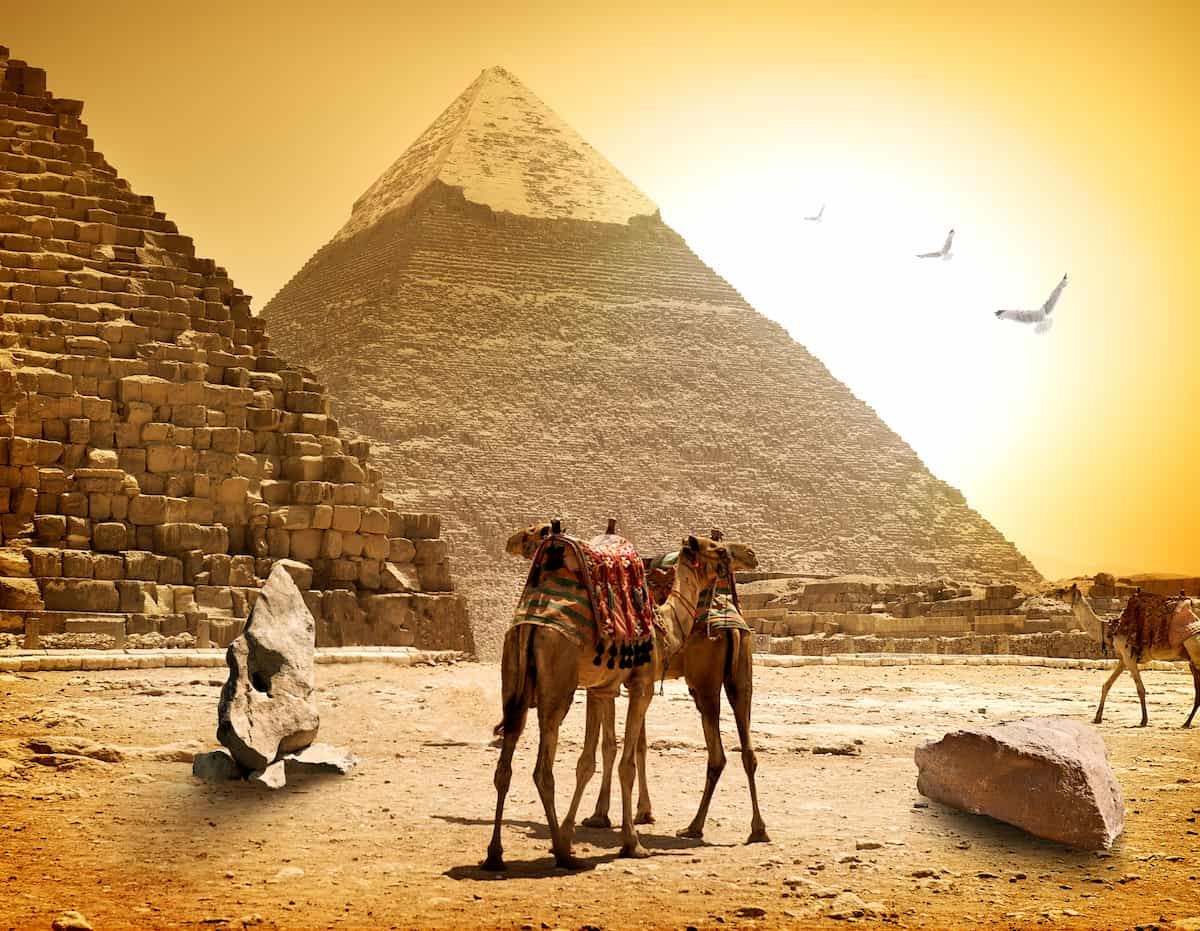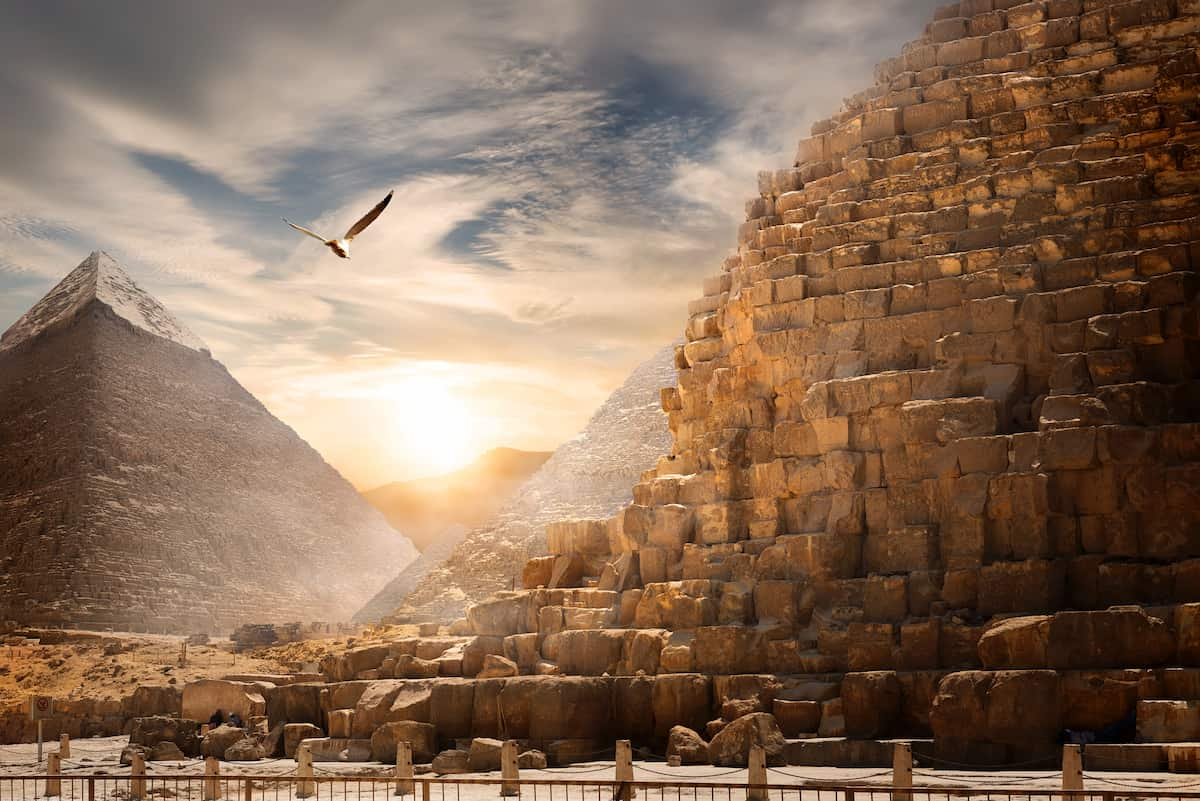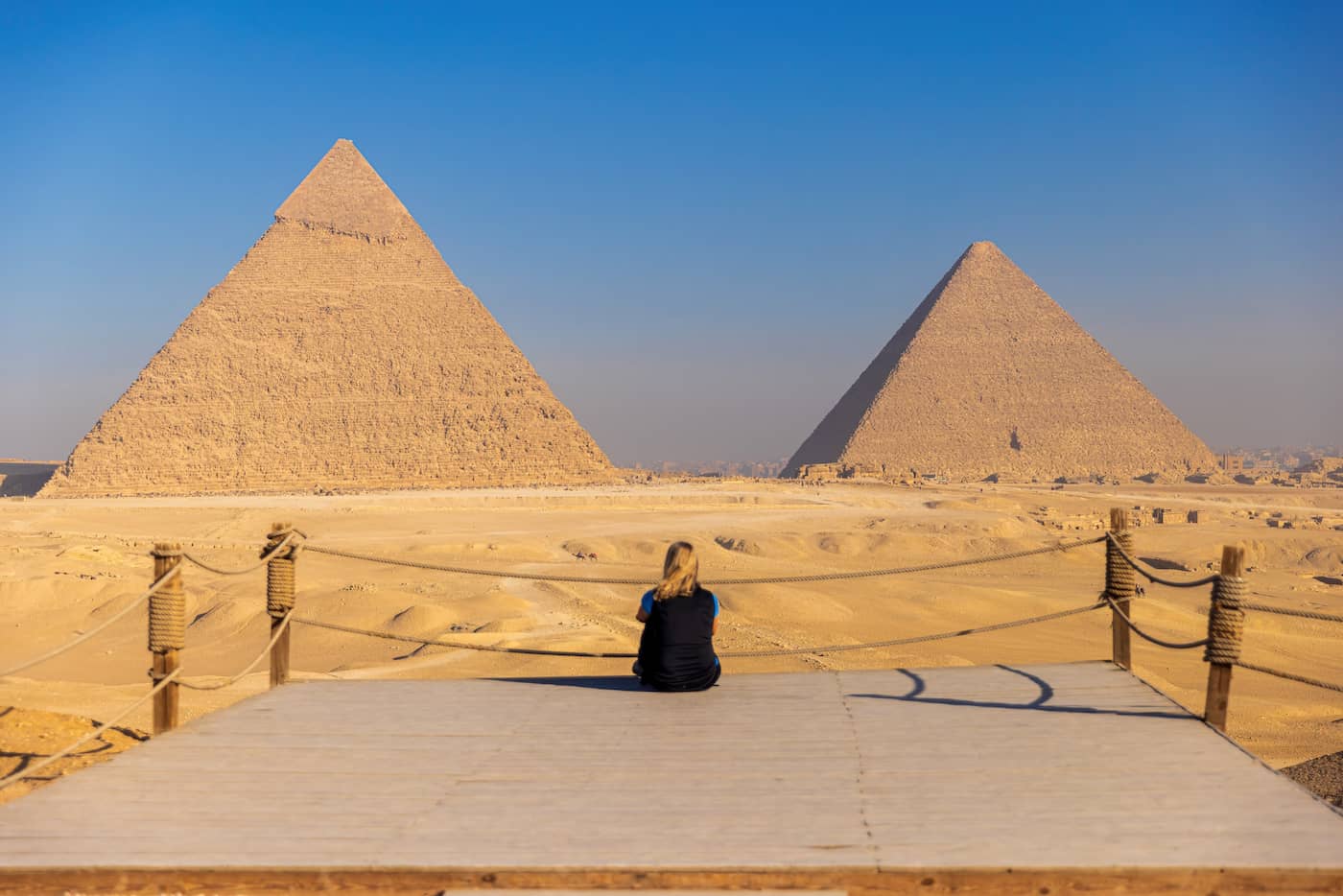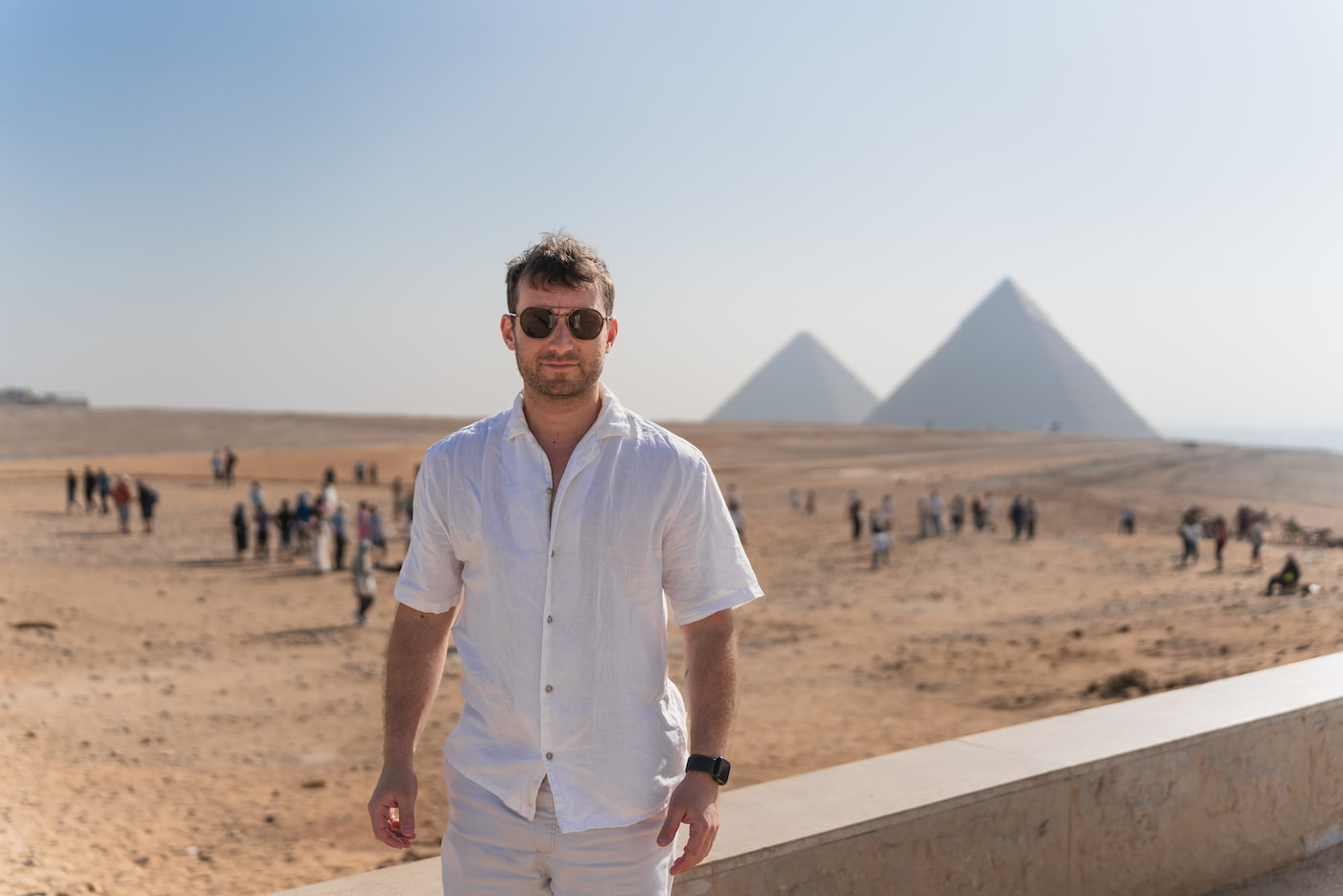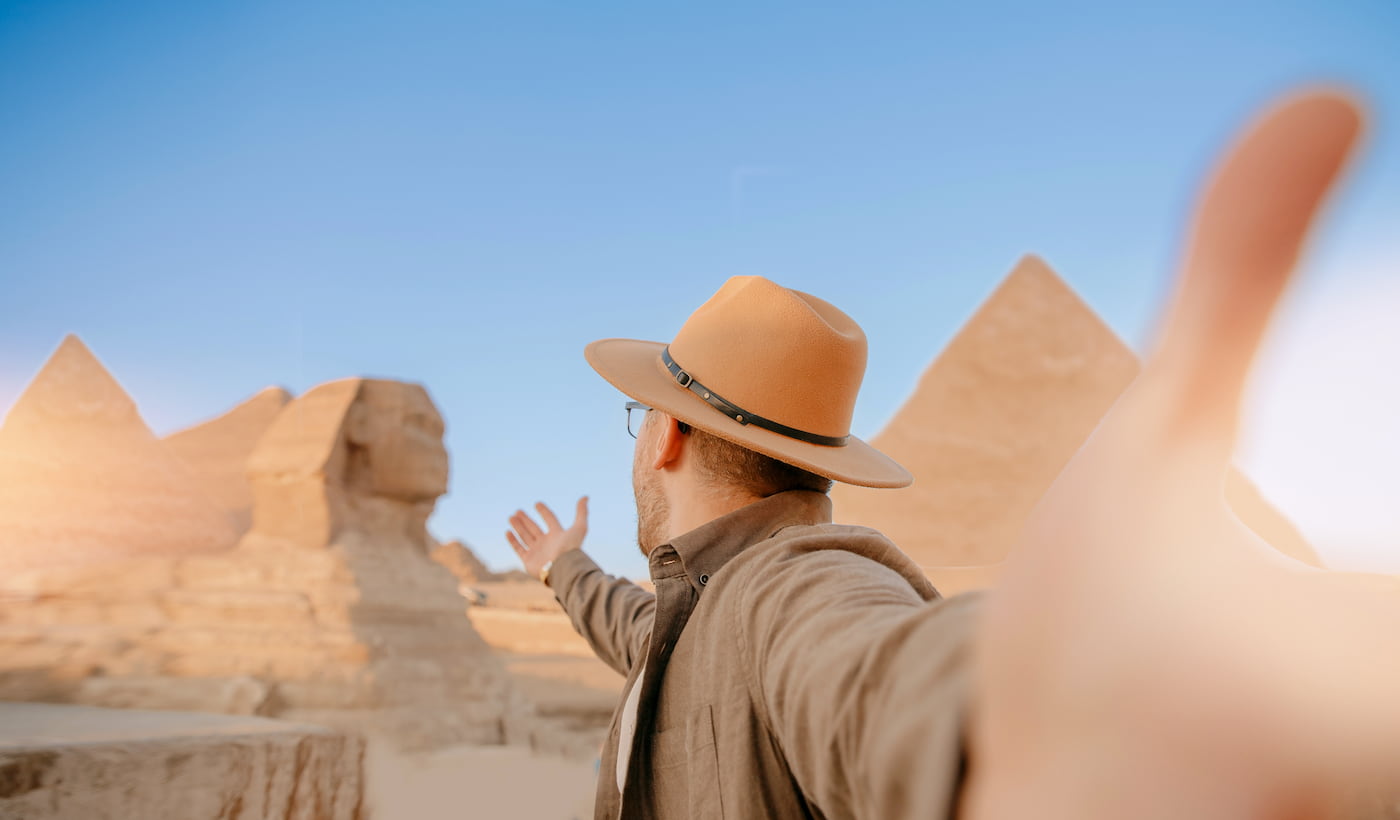Scarab of Ra: Symbol of Solar Power, Divine Protection, and Eternal Renewal
One of the most wondrous symbols in Egyptian mythology speaks of the early connection formed between the scarab beetle and Ra Sun God. The Scarab of Ra is often erroneously considered as myths or legends, for it stands for rebirth, transformation, and eternal movement of the Sun in the sky. This sacred symbol, endowed with divine protection and cosmic order, emerges from the beliefs of scarab Egypt of Ra.
The scarab was perceived as a divine representation of Khepri, the morning energy of Ra, who placed the Sun in the sky, much in the same manner the beetle rolls its ball of earth. Today, in all forms used for amulets, carving, or spiritual teachings, the Scarab of Ra continues to treasure the deep value of symbolism. This symbol is much more than an ancient emblem; it is indeed a timeless reminder of the awakening of one’s inner self, divine power, and cycles that govern life both in nature and in the spirit of mankind.
1- What Is the Scarab in Ancient Egypt?
-
Dung Beetle of Interest and Its Sacred Function
In Ancient Egypt, the scarab, especially the dung beetle, was much more than an insect. The Egyptians saw how the dung beetle would roll up dung into balls and bury them, and after some time, the young beetles would emerge from within. This unexplainable phenomenon, combined with their magical thinking, linked the beetle to ideas of spontaneous generation and resurrection. Thus, the scarab became a living emblem of the sun god, Khepri, who was said to roll the sun across the sky every morning just as the beetle rolled its ball across the earth.
-
Expression of Rebirth and Cosmic Order
This scarab symbol was through which Egypt communicated its fundamental principles of life and death, and cosmic renewal. Yet, unlike creating life from nothing, the scarab came to symbolize rebirth, transformation, and cosmic order. It was represented on amulets, the walls of tombs, and was worn for protection, thus giving it one of the longest-lasting symbols in ancient Egyptian religion and culture.
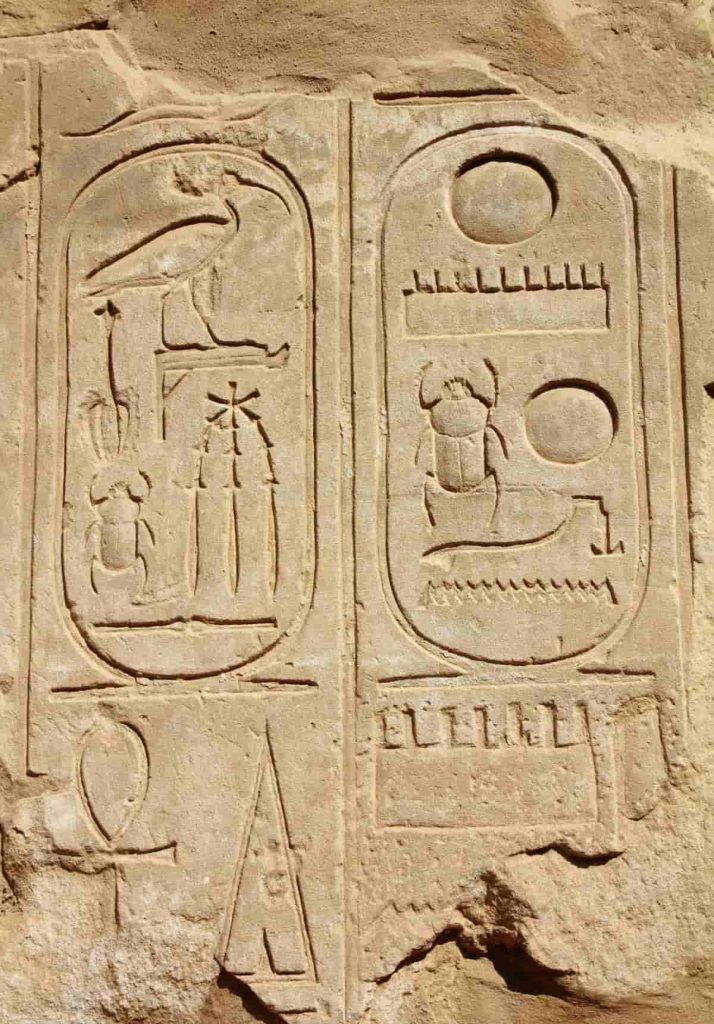
2- Who Was Khepri and How Is He Linked to the Scarab?
-
Khepri as the God of the Morning Sun
The god Khepri venerated the rising sun and evoked in the soul the daily birth of life and eternal motion of the cosmos. The scarab beetle was certainly upheld as its most favored representation; Khepri was also thought to be the form of a man with a scarab-shaped head. It was believed that just as the scarab beetle rolls balls of dung across the earth, Khepri also rolls the sun in front of him across the sky in the new morning. As such, birth, transformation, and awakening all figured in an essential way into Egyptian religious ideas. The name Khepri comes from the Egyptian verb kheper, meaning “to come into being” or “to transform,” thus emphasizing new beginnings and the sun’s ability to transform or regenerate.
-
The Connection Between Khepri and Ra
Khepri was not somewhere around being some god separate from Ra, but was an embodiment of Ra during the hours of dawn. The god Ra ruled the midday sun; Atum became the sunset; Khepri would then rule the dawn. Together, this trinity was considered the divine cycle of creation, life, and decline. Through the Khepri aspect, the scarab beetle became symbolic of Ra’s life-creating power across the world, being able to bring forth light, hence combining the sacred insect with the highest deity in the Egyptian pantheon, namely, Ra, the god of the sun.
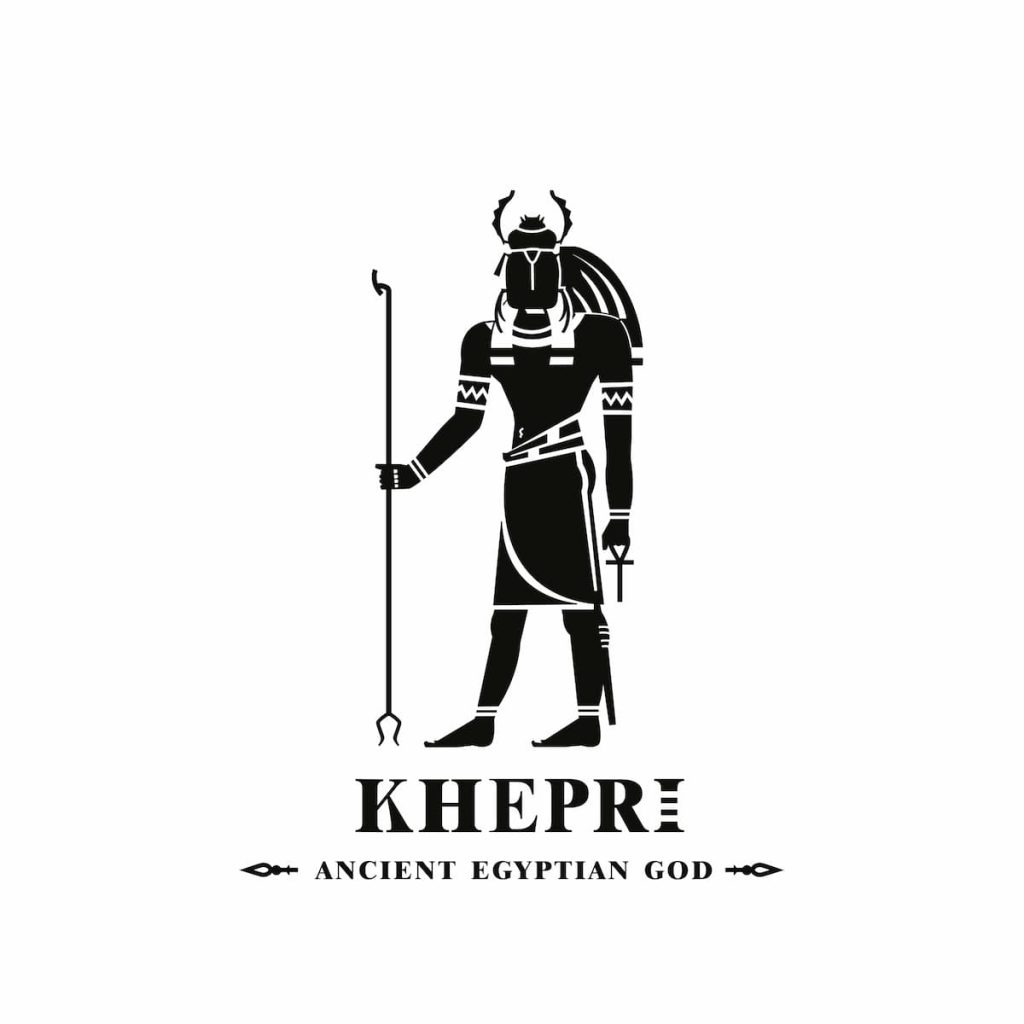
3- Scarab Amulets: Purpose, Power, and Meaning
-
Types of Scarab of Ra Amulets in Daily Life
An amulet of the scarab was exceedingly popular and widely distributed in ancient Egypt. These scarabs, made of either faience, stone, or precious gems, were worn as rings or pendants or sewn onto the clothing. Their powers were believed to offer spiritual protection, attract good luck, and effectuate personal transformation. Scarabs would have hieroglyphs inscribed on their backs, sometimes bearing names that differentiated them into personal tokens of divine favor.
Certain scarabs, because of their religious importance, were used as seals and formal stamps by officials and the nobility and thus mingled spiritual life with secular life. Scarabs were traded as gifts between worshippers, carried abroad on travels, or placed within residences for some blessing. Thus, scarabs gained relevance beyond religion, becoming extraordinary objects of power in the lives of people. The scarab’s solar energy and divinity bestowed upon it by association with the gods Khepri and Ra thereby render it a very potent talisman to ward off evil forces, transform bad spirits into good ones, and sustain harmony in cosmic order.
-
The Heart Scarab in Funerary Practices
According to the Egyptians, the heart scarab in the afterlife and death had supreme importance. The amulet, larger and inscribed, was laid atop the mummy’s chest area, which was close to the heart. The ancient Egyptians believed that during the ceremony of Weighing of the Heart in the Hall of Ma’at, the soul’s heart was weighed against the feather of truth. If it proved too heavy with sin, the soul would be immediately obliterated.
The Egyptians placed heart scarabs with protective spells from the Book of the Dead (mostly Spell 30B) to protect themselves against their conscience. These spells urged the heart not to bear witness against the deceased. The amulet ensured a favorable judgment and allowed passing into eternal life. In green stone or any hard material symbolizing life, rebirth, and strength, the heart scarab was far from a simple burial ornament; it was a gateway into life, making it among the most esteemed funerary objects in Egyptian thought.

4- What Is the Scarab of Ra?
-
Myth or Metaphor? Exploring the Concept
Within the surviving texts and artifacts of ancient Egypt, the phrase “Scarab of Ra” does not denote a single object, but over the ages, it has come to symbolize two sacred symbols in Egyptian the scarab and Ra, the sun god. Unlike being a definite myth, the Scarab of Ra is merely a modern interpretative term alluding to the ancient connection of the scarab with Khepri, Ra’s morning form.
Since the scarab is an emblem of sunrise, creation, and rebirth, it earns a match with Ra, the divine force of light, order, and life. Over time, in modern literature and esoteric literature, the “Scarab of Ra” acquired the intoxicating reputation of a mythical object of power, representing enlightenment, hell, and divine energy. Whether literal or metaphorical, the “Scarab of Ra” holds the very essence of Egyptian cosmology: life emerging out of darkness by divine will.
-
The Scarab of Ra as a Manifestation of Ra’s Energy
Within Egyptian religion, the energy of Ra was judged to be multidimensional and therefore underwent multiple changes during the day. The scarab represented Khepri, Ra’s aspect at dawn, who renewed the world each morning. The scarab rolling up a ball of dung was cognized in the celestial sphere as a counteraction to Ra pushing the sun across the sky. Thus, the scarab was not only a symbol; it was a living key to Ra’s creative force.
The Egyptians felt the divine energy permeated all of nature, and the alienating act of the scarabs manifested cosmic principles. The scarabs, engaged in art, jewelry, and funerary rites, unleashed solar energy that was the actual direct spiritual way by which the wearer could connect to Ra’s strength for renewal. Conceptually, therefore, the “Scarab of Ra” is the aforementioned bridge between the physical and the divine, that is, the sun god’s presence on Earth presented in the guise of a small, humble creature that carried the essence of transformation and eternal return.
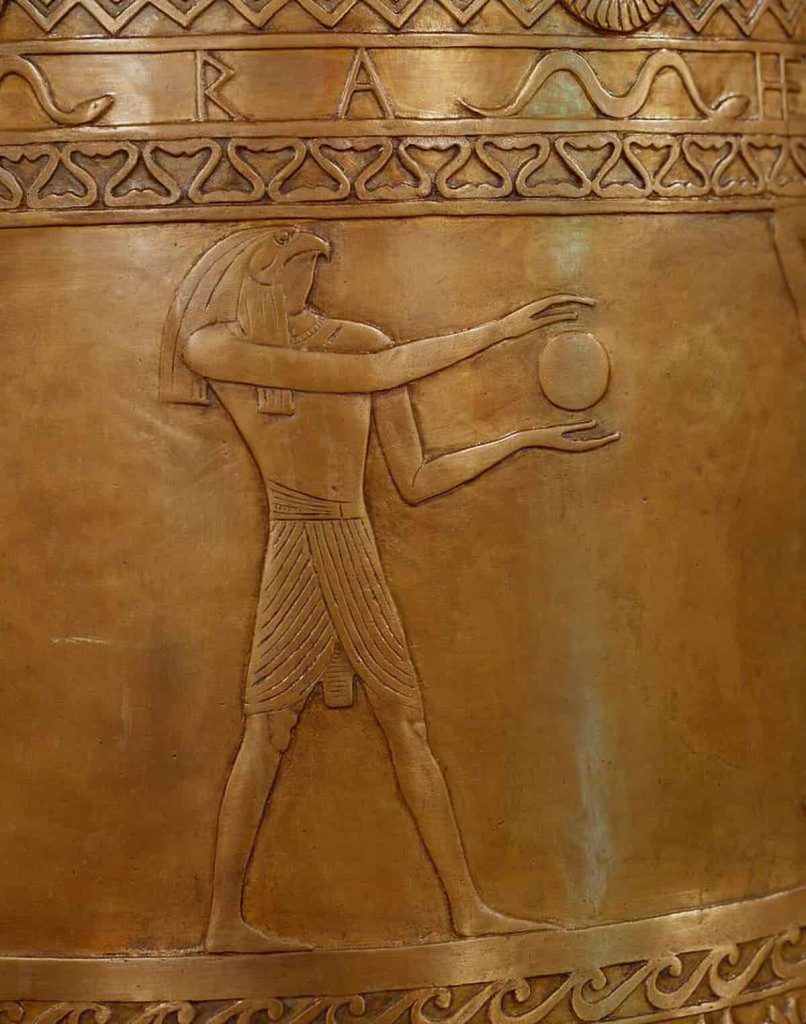
5- Scarabs in Art, Tombs, and Temples
-
Iconography of the Scarab on Monuments
Within the surviving texts and artifacts of ancient Egypt, the phrase “Scarab of Ra” does not denote a single object, but over the ages, it has come to symbolize two sacred symbols in Egyptian: the scarab and Ra, the sun god. Unlike being a definite myth, the Scarab of Ra is merely a modern interpretative term alluding to the ancient connection of the scarab with Khepri, Ra’s morning form.
Since the scarab is an emblem of sunrise, creation, and rebirth, it earns a match with Ra, the divine force of light, order, and life. Over time, in modern literature and esoteric literature, the “Scarab of Ra” acquired the intoxicating reputation of a mythical object of power, representing enlightenment, hell, and divine energy. Whether literal or metaphorical, the “Scarab of Ra” holds the very essence of Egyptian cosmology: life emerging out of darkness by divine will.
-
Royal Seals and Inscriptions with Scarab Motifs
Within Egyptian religion, the energy of Ra was judged to be multidimensional and therefore underwent multiple changes during the day. The scarab represented Khepri, Ra’s aspect at dawn, who renewed the world each morning. The scarab rolling up a ball of dung was cognized in the celestial sphere as a counteraction to Ra pushing the sun across the sky. Thus, the scarab was not only a symbol; it was a living key to Ra’s creative force.
The Egyptians felt the divine energy permeated all of nature, and the alienating act of the scarabs manifested cosmic principles. The scarabs, engaged in art, jewelry, and funerary rites, unleashed solar energy that was the actual direct spiritual way by which the wearer could connect to Ra’s strength for renewal. Conceptually, therefore, the “Scarab of Ra” is the aforementioned bridge between the physical and the divine, that is, the sun god’s presence on Earth presented in the guise of a small, humble creature that carried the essence of transformation and eternal return.
![]()
6- Scarab Egypt: A Lasting Cultural Symbol
-
Why the Scarab Remains a Modern Icon
Throughout history, lasting for many thousands of years, scarabs have remained a symbolic and potent power within Ancient Egypt. Today, it enchants historians, tourists, spiritualists, and artists alike. Its infinite charm lies in deep connotations: change, protection, rebirth, and energy from heaven. By way of modern interpretation, the scarab is a global sign of an individual’s metamorphosis and spiritual enlightenment; thus, it finds relevance in every culture and religion. Scarabs are set into museum display cases, poudar for ancient artifacts, as books, movies, and video games, The Mummy and Assassin’s Creed Origins, to mention but a few, give life to their spirits of mystery and magic.
The Scarab of Ra, in particular, evolved yet further in popular culture as a fictional object of unfathomable power. Maybe it’s an ancient truth or a gripping metaphor, the scarab remains a touchstone that glues the ancient past to eternity, appearing beforehand timeless and age-old at once.
-
Scarabs in Jewelry, Souvenirs, and Tattoos
The scarab, in turn, gains wide use in jewelry, fashion, and body art in contemporary Egyptian and worldwide contexts, having traditionally offered protection and fame. Tourists buy scarab amulets, necklaces, or rings made of colorful stone or metals, reflecting shadow designs and symbolism from ancient artifacts. Scarlet amulets are still carved by local artists who are intermingling culture with craftsmanship. In the spiritual sphere, scarab jewelry is worn to attract positive energy, rebirth, and personal transformation.
Journalist tattoos remain a modern version of the ancient amulets proper. More than functioning as an adornment, many will go for a scarab tattoo to symbolize being led through darkness and into renewal, just as the sun is reborn every single day. Some incorporate hieroglyphs or sun symbols with the scarab to further emphasize and articulate this spiritual meaning. The wish for meaning, continuity, and cosmic protection reflected in scarabs today they are much more than just a fashion statement or a token.
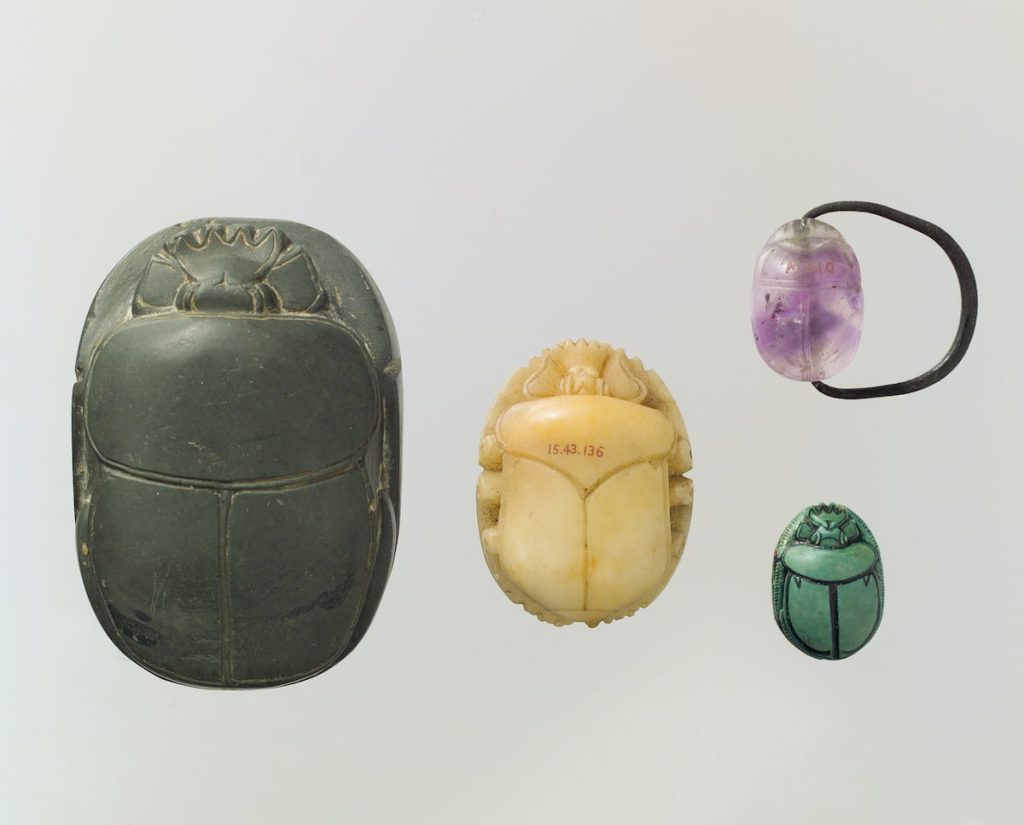
7- The Spiritual and Esoteric Meaning of the Scarab
-
The Scarab in Mysticism and Symbolic Psychology
Aside from historical and religious connotations, scarabs also boast an array of connotations in mysticism, symbolism, and contemporary spiritual psychology. It is usually interpreted by mystics to represent the soul endlessly engaged in transitions toward infinite metamorphosis and perfection. An ancient esoteric tradition of the scarab says that an angelic creature with the will to raise itself above terrestrial limitations, like the beetle that rolls its load toward the light.
In the estimation of one who is considered to be the father of modern psychology, Carl Jung described the scarab as a powerful archetype of synchronicity germane to important individual realization. The scarab usually represents changes, awakenings, and secret knowledge in dreams and meditative visions. For those on the spiritual path, it offers a reminder to trust their inner self, embrace changes, and strive for higher consciousness. Mentioning the life-generating symbol of Ra, it becomes quite powerful for those who use energy work, healing arts, or cosmic alignment.
-
Rebirth, Protection, and Inner Transformation
The scarab carries spiritual significance that relates to renewal and a transformation of the self. Giving life out of decay, the scarab becomes a metaphor for rebirth, that is, the soul’s capacity to rise newly from radiant dark shadows caused by trauma and death. For the ancient Egyptians, the scarab was thought to conduct both the body and the soul’s journey through the afterlife. In recent spiritual teachings, the scarab acts as a protective talisman from negativity; it may be made into jewelry, and its symbolism is invoked in ritual magics that work on lifting energy blocks to bring about spiritual growth.
Therefore, like the very cycle of the scarab’s movements that dance in sacred circles, our processes of creative destruction offer us strength and willingness to change. Those undergoing transition in life tap into the force of the scarab; they heal from loss, seek meaning for their existence, and break free from an ancient pattern of limitation. The scarab teaches us that changes become blessings, protection is within oneself, and the darkest hours are just sorrowful steps on the road to daylight self-unfolding.
8- From Sacred Beetle to Pop Culture: Scarab of Ra Today
-
The Scarab of Ra in Modern Fiction and Games
In today’s pop culture, the Scarab of Ra has come to stand in for something of legend, a powerful artifact rumored to be enchanted with magic, knowledge, or ancient curses. First appearing in films such as The Mummy, it later appeared in video games like Assassin’s Creed and numerous other contexts, including comic books and role-playing games. The scarab had always been associated with the sun god Ra, the concept of rebirth, and divine protection.
Fictional scarabs are most oftentimes shown unlocking secrets, awakening mummies, or granting immortality: in doing so, they amply extoll the symbolic resonance of the scarab from their ancients. While entertaining from an imaginative perspective, such portrayals highlight an ongoing fascination with Egyptian mysticism—the thought that knowledge from ancient times yet holds sway. The Scarab of Ra went beyond mythology to symbolize mystery and untapped potential: a way to connect history and entertainment. Because of its constant popularity in pop culture, the myth remains alive to be further explored with every spin-off generation.
-
Is There a Real Scarab of Ra Artifact?
There is no credible archeological or documented antique object in history, thus far considered under the fancy title “Scarab of Ra.” Ancient Egypt produced thousands of scarab amulets, many bearing inscriptions of pharaohs, gods, and protective spells, yet none received the nomenclature of the Scarab of Ra. That said, many of the scarabs did hold some very close connections with Ra and his aspects, specifically with Khepri as the sunrise.
These often portrayed the image of a scarab pushing the solar disk or contained hieroglyphs invoking Ra’s blessings. Some modern-day spiritualists and collectors sometimes humorously refer to exotic or powerful scarabs as a “Scarab of Ra” because of their perceived aesthetic or energetic value, but using the term is purely poetic and not historically based. The concept of a single magical scarab brought into existence by Ra is entirely romantic or symbolic, but it has its revival. This idea appeals to that greater hunger to subordinate themselves to ancient knowledge, divine light, and the mysteries of the higher worlds.
9- Why the Scarab Endures in Egyptian Mythology
-
A Symbol of the Sun, Life, and Eternity
The scarab remains rightfully considered the mightiest and oldest Egyptian symbol since it enters all aspects of nature as humanity understood it: cyclic, divine, and eternal. In their understanding of daily cycles, with the rise and set of the sun, the Egyptians attributed this little beetle with signifying a universal order where death is merely temporary and a phase in the process of self-renewal. Being the scarab symbol of Khepri, it was the emblem of the rise of the Sun.
It gave light to the universe, provided warmth to the world, and brought forth life. Its sacred association with Ra, the supreme solar deity, gave increased importance to the scarab. Since then, the scarab got to standate to eternity, prolong metamorphosis, and be the divine presence in Egyptian tombs, temples, and funerary texts. These were not mere myths but cosmic truths interwoven with the very spiritual core of Egypt, testifying to their profound insight into nature and divinity.
-
Lessons the Scarab Teaches Us Today
The scarab preserves for present-day seekers its ancient knowledge. This figurative meaning teaches that with every moment of darkness, a window is always open for rebirth. Just as the scarab pushes his burden toward the sun, so do we arise from darkness and go forward with great purpose. It teaches that transformation is about imperfections, perseverance, and courage toward the light. Spiritually, it is the scarab’s call to grieve with the flow of the universe and be in trust of the life cycles that nurture us around.
It wants us to embrace change, let go of the past, and respect the blooming within ourselves. Be it as an amulet, tattoo, or revered symbol, the scarab carries with it energies of protection, guidance, and transformation. The restful presence of this scarab amid a rushed life reminds us that all things unfold in the divine time, and like the sun, we also shall rise again.

